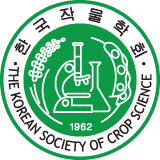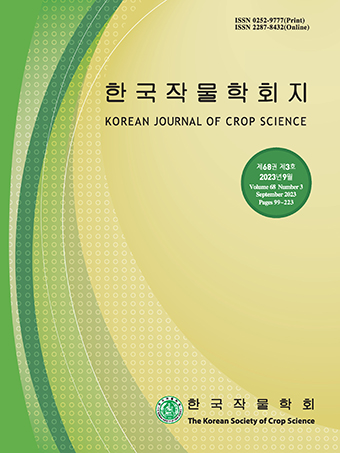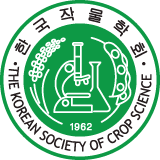Original Research Article
Abstract
References
Information
Gutierrez-Gonzalez, J. J., X. Wu, J. D. Gillman, J. D. Lee, R. Zhong, O. Yu, G. Shannon, M. Ellersieck, H. T. Nguyen, and D. A. Sleper. 2010b. Research article intricate environment-modulated genetic networks control isoflavone accumulation in soybean seeds. BMC Plant Biology. http://www.biomedcentral.com/1471-2229/10/105
10.1186/1471-2229-10-10520540761PMC3224685
Jia, Y., Y. Ma, P. Zou, G. Cheng, J. Zhou, and S. Cai. 2019. Effects of different oligochitosans on isoflavone metabolites, antioxidant activity, and isoflavone biosynthetic genes in soybean (Glycine max) seeds during germination. J. Agric. Food Chem. 67 : 4652-4661.
10.1021/acs.jafc.8b0730030933513
Yuk, H. J., Y. H. Song, M. J. Curtis-Long, D. W. Kim, S. G. Woo, Y. B. Lee, Z. Uddin, C. Y. Kim, and K. H. Park. 2016. Ethylene induced a high accumulation of dietary isoflavones and expression of isoflavonoid biosynthetic genes in soybean (Glycine max) leaves. J. Agric. Food Chem. 64 : 7315-7324.
10.1021/acs.jafc.6b0254327626287
- Publisher :The Korean Society of Crop Science
- Publisher(Ko) :한국작물학회
- Journal Title :The Korean Journal of Crop Science
- Journal Title(Ko) :한국작물학회지
- Volume : 66
- No :4
- Pages :365-374
- Received Date : 2021-10-01
- Revised Date : 2021-10-06
- Accepted Date : 2021-10-07
- DOI :https://doi.org/10.7740/kjcs.2021.66.4.365




 The Korean Journal of Crop Science
The Korean Journal of Crop Science








